Nonfiction November is hosted by Katie at Doing Dewey, Julie at Julz Reads, Sarah at Sarah’s Bookshelves, and Kim at Sophisticated Dorkiness, and Rennie at What’s Nonfiction? Last week’s topic is Reads Like Fiction and is hosted by Rennie at What’s Nonfiction?
Nonfiction books often get praised for how they stack up to fiction. Does it matter to you whether nonfiction reads like a novel? If it does, what gives it that fiction-like feeling? Does it depend on the topic, the writing, the use of certain literary elements and techniques? What are your favorite nonfiction recommendations that read like fiction? And if your nonfiction picks could never be mistaken for novels, what do you love about the differences?
I may return to that topic in a future post, but for now, I’m taking a leaf from Lory’s post on Emerald City Book Reviews. She put a spin on the topic by asking:
What degree of factuality should there be in fiction, and to what degree is it acceptable to deviate from the facts in nonfiction? What works for you, or what do you find ethically acceptable?
I’ve broken Lory’s question into two parts. Last week, I talked about factuality or the lack of it in fiction. Today, I tackle issues of fact and truth in nonfiction, touch on the nature of truth, and think about the sometimes tricky space between fiction and nonfiction.
* * * * *
To what degree is it acceptable to deviate from the facts in nonfiction?
I believe accuracy is critical in nonfiction. We must be able to trust the facts in a textbook or other nonfiction book. Or at least, we should be able to trust that the facts are accurate insofar as the author was able to determine… which doesn’t always mean they are true, just that they were true at the time of writing.
My stepdad, who was also one of my high school history and science teachers, used to tell his students, “Half of everything I’m teaching you is wrong. I just don’t know which half.” He didn’t mean he was ignorant; in fact, he is smart, well-educated, and insatiably curious. But this is a man who had seen “scientific truth” change in his lifetime, more than once. Alfred Wegener’s theory of continental drift was published in 1912, and was not widely accepted by geologists until the 1960s. When my stepdad was young, his textbooks and teachers ignored or pooh-poohed the idea that South America and Africa had once fit together; when I was growing up, plate tectonics were accepted fact. Similarly, when I was a child, ulcers were caused by stress; that was medical fact. Now we know that while stress may be a factor, ulcers are caused by H. pylori bacteria. Scientific fact sometimes changes as we learn more about the way things work. The classic example is, of course, Galileo, whose observations led him to believe the earth moved about the sun rather than the long-held and theologically acceptable notion that the stationary earth was the center of the universe. No doubt in the future there will be other changes to what we now believe to be unalterably true.
But there’s a difference between being inadvertently wrong—being wrong in good faith, as it were—and the intentional rewriting of history or the selective suppression or distortion of facts. We’ve seen plenty both of the latter over the last hundred years: in China, in the Soviet Union, in North Korea, to name just a few countries. It’s something we associate with by dictatorships and oppressive regimes, and see within fringe groups or hate groups. Holocaust denial falls in this category. We’re less apt to see it when the rewritten or biased history is part of our own narrative, when it glosses over the more shameful parts of our history and focuses mainly on what we see as our triumphs. Nonetheless, it’s important—it’s imperative—that we try to see and present the facts accurately, even when confronting those facts is uncomfortable, or contradicts what we believe or have always thought to be true.
So nonfiction should be accurate and preferably unbiased. But what about how nonfiction is written? Must the presentation be a dry and dusty, droning recitation of facts? Personally, I’m all in favor of making nonfiction interesting to read. I have no problem with a novelistic approach to writing history, as long as the author doesn’t make things up—or at least as long as they clearly tell me when they are inventing or extrapolating what people said or thought. And I really enjoy a conversational, breezy, or even humorous approach to nonfiction when it’s well done. Think Neal deGrasse Tyson, Mary Roach, or Bill Bryson. Facts don’t need to be deadly dull, and a good writer can make the most surprising topics interesting without distorting the facts. If you’re writing nonfiction about a specific subject, be it astronomy or the digestive system or the history of one particular summer, by all means make it interesting and memorable.
There is a somewhat uneasy middle ground between strictly factual nonfiction and fiction, where what the writer says is mostly factual, but has been changed in some way to suit the author’s purpose. Some memoirs fall into this gap, as does some creative nonfiction. (Note that just because a work is labeled “creative nonfiction” doesn’t necessarily mean the author played fast-and-loose with the facts; it can be completely factual and accurate, but still written in a creative way.) But it’s true that some memoir and some creative non-fiction does “adjust” the literal truth or the facts slightly in order to make a point or heighten the impact. The writer might condense the timespan of a series of events, for instance, or selectively leave something out, or even disguise a real-life person by changing their name and pertinent details.
Some authors are very up front about this. In one of her Crosswicks Journals, Madeleine L’Engle tells a story about a family of newcomers who didn’t seem to fit in to her small New England town. Despite the long-time residents’ apparent dislike for and gossip about the new family, when their house caught fire in the middle of the night, the townsfolk rushed to their rescue. But within a few weeks, the gossip had started up again. L’Engle is making valid points here about small-town life, about the difficulty of fitting in when you’re new, about the way people talk about each other, about people’s innate decency when disaster strikes. The story feels real. But it didn’t happen, at least not the way she relates it. After she finishes telling the story, she turns around and tells us that it’s a composite. The fire happened, but not to that family. The family themselves are a composite of a couple of different newcomer families. Each of the incidents she relates did occur, but she put them together, combined them to make a better story, and (in a sense) a truer point. And because she levels with the reader about this one story, you don’t question the overall veracity of the rest of the book. She has kept faith with the reader by labeling what wasn’t quite factual.
The truth is (and I use the phrase deliberately), we all indulge in a little re-writing of the truth at times, in what we tell ourselves as much as in what we tell others. We make our disappointments more palatable by downplaying how much we wanted something. We avoid talking and thinking about hurtful memories, or things we did that we’re ashamed or embarrassed about; sometimes we even manage to forget them entirely. We blame others for misfortunes and ignore the ways in which we ourselves could have acted differently. A good memoir writer will explore some of these episodes in their writing, but not necessarily all of them. Part of writing memoir is deciding what is worth including and what isn’t: what serves the overall truths the memoirist is trying to convey, and what doesn’t. A memoir is different from an autobiography; it has a theme, a point, a focus beyond a simple recounting of that person’s life. And even an autobiography leaves some things out, thank goodness! A minute-by-minute account of someone’s life would be pages and pages of dullness, punctuated by an occasional interesting scene. It’s the writer’s job to cut the dull stuff, or as much of it as they can get away with, and focus on the parts that matter.
Unfortunately, some memoirists aren’t content with telling the truth, or even mostly the truth. If the whole work, or a significant portion, is made up, as in some high-profile fake memoirs (like James Frey’s A Million Little Pieces), it should really be labeled fiction rather than nonfiction. Unfortunately, fake or falsified memoir has a very long history. We trust publishers to publish the truth, but even publishers are sometimes taken in, printing in good faith what they believe to be a real memoir, only to have it proved false. Those who write false memoirs and attempt to pass them off as true should face real consequences — repayment of any advance at the very least, and public unmasking as a fraud. Because truth matters.
Ultimately, this question speaks to an issue that’s front and center in American politics and culture right now. Facts and the whole concept of truth are being distorted, undermined, ignored, and denied, even by—especially by—some of our leaders. Phrases like “Fake news” (when applied to actual, factual events) and “alternative facts” undermine trust in both the existence of verifiable facts and the idea of truth and truthful reporting. And if facts have no validity, if “truth” is a meaningless concept, then science, history, civil society, and democracy are all in jeopardy.
Truth matters.

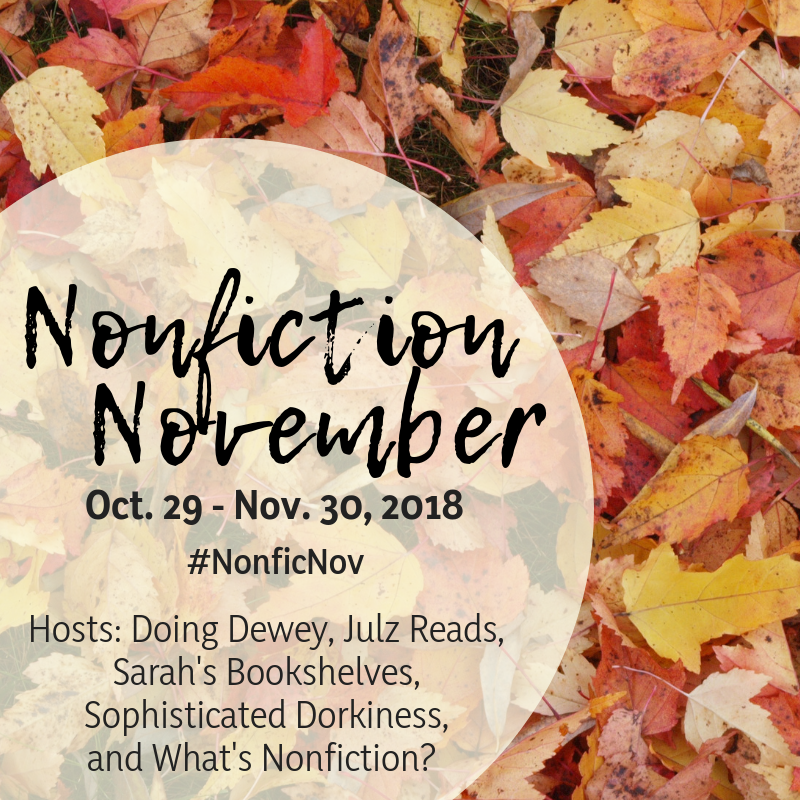









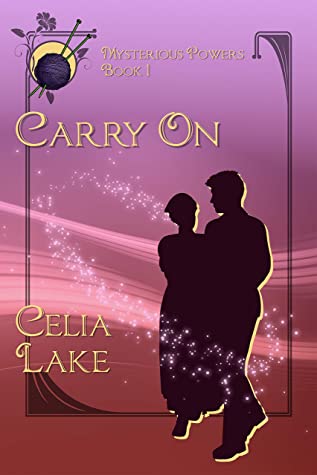

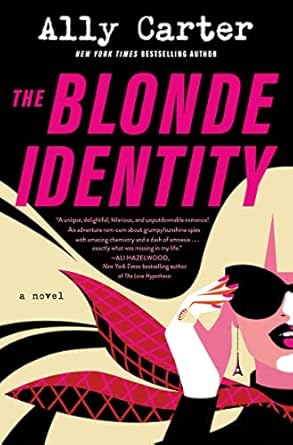
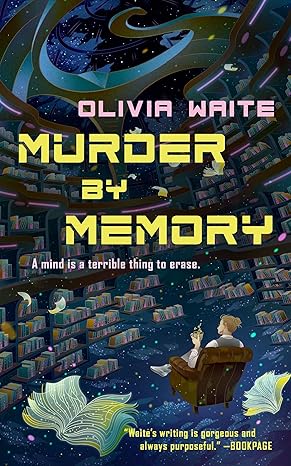
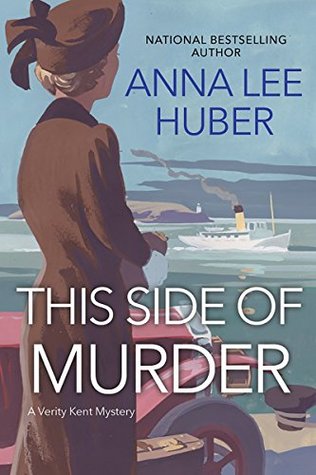
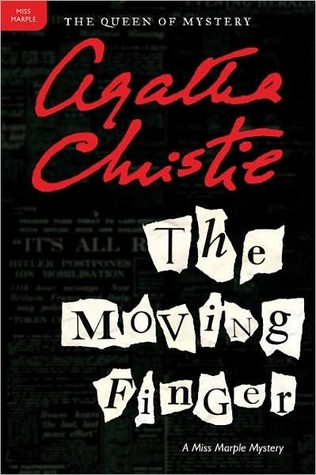
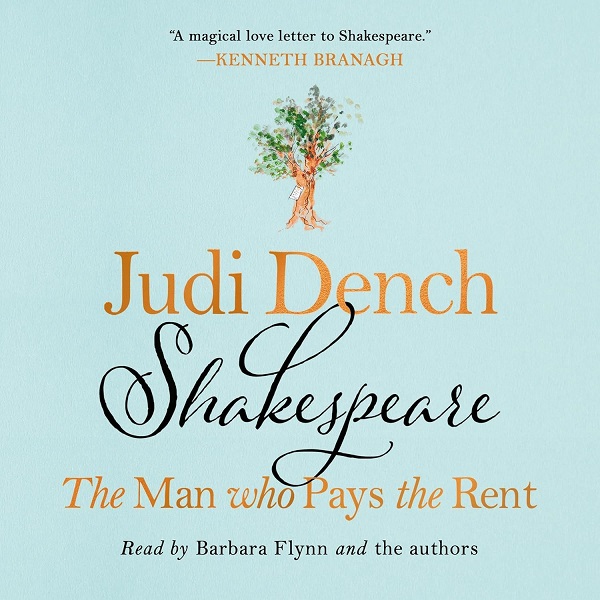
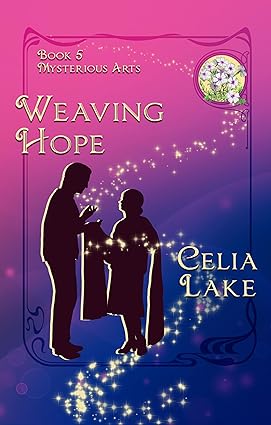
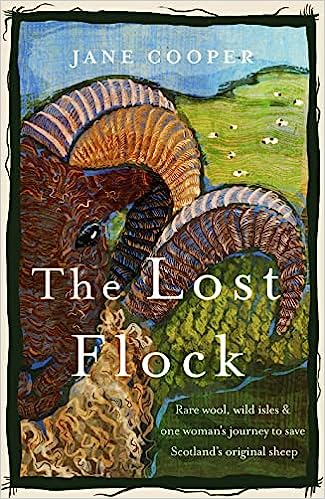
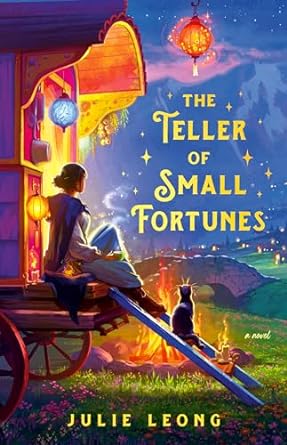
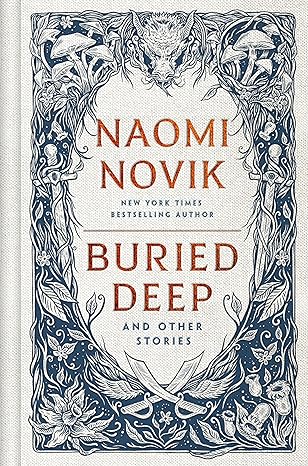
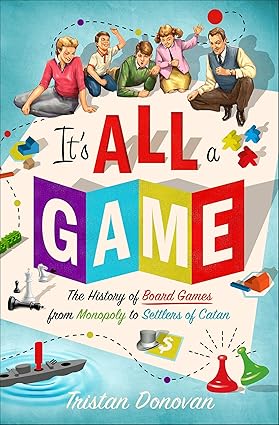
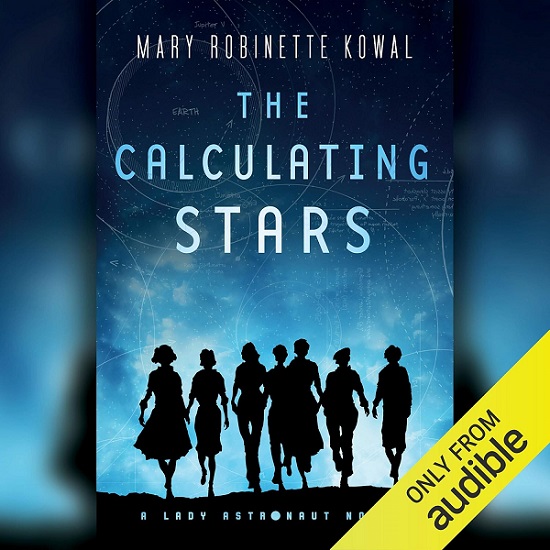
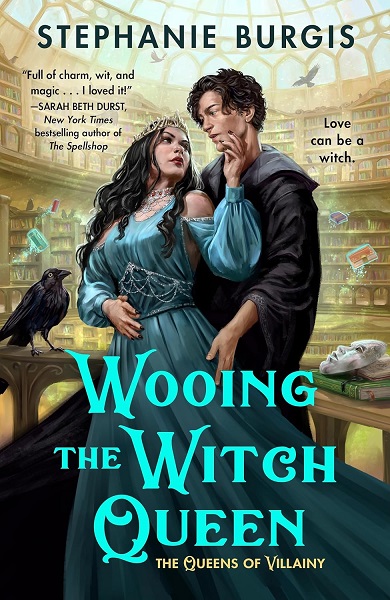
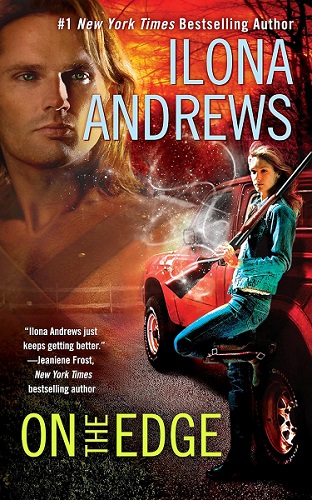
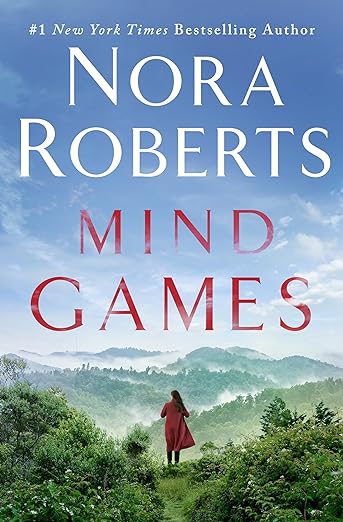
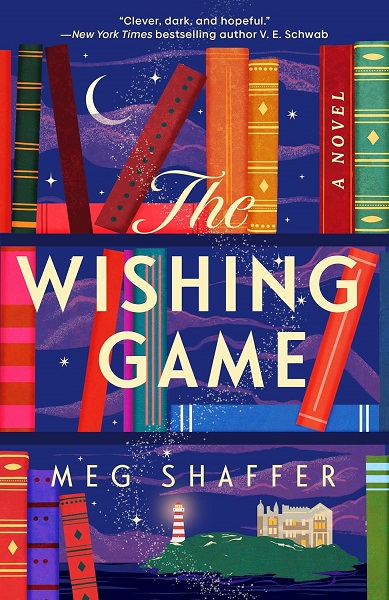
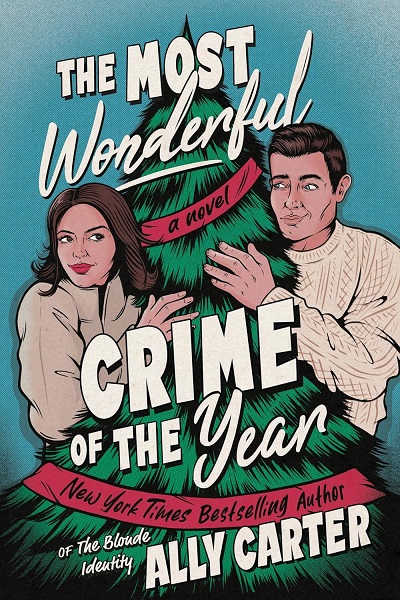
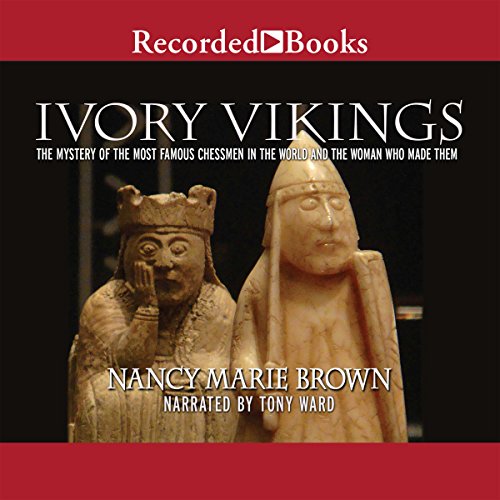

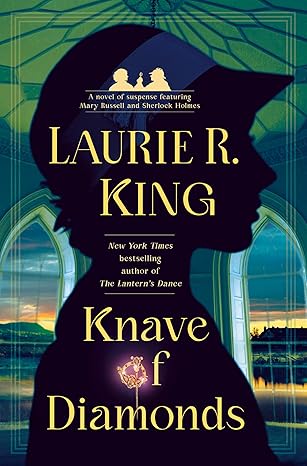
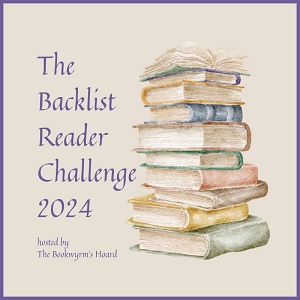



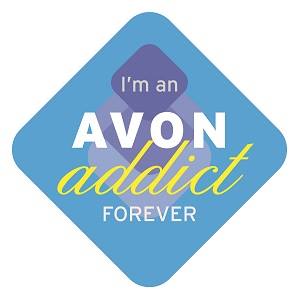

Suzanne @ The Bookish Libra
Great post. I’m with you on the idea that nonfiction is called nonfiction for a reason. It should be 100% true and nothing should be distorted to serve any purpose. The whole time I was reading your post, all I kept thinking about was what is going on in our politics right now with the President yelling “fake news” every time he doesn’t like something, even if it really is factually accurate.
Lark_Bookwyrm
Yes. I found myself thinking about that a lot as I was writing it, which is why I ended up including the final paragraph.
Lory @ Emerald City Book Review
“The facts are accurate insofar as the author was able to determine.” I think this is important. There should be an effort to find the truth and to represent it to the best of one’s ability. Facts are not absolute – at one point it was a “fact” that the sun went around the earth! Yet the search, the quest still matters, and the honest attempt to try to articulate something beyond one’s own personal viewpoint and opinion. We need to keep trying to find a world where we can meet and share the same ideas.
You’ve taken the topic and written an immensely thoughtful post with lots of great points to consider. Thank you!
Lory @ Emerald City Book Review recently posted…Month in Review: November 2018
Lark_Bookwyrm
Thank you, Lory! Yes, that’s basically what I was trying to get across: that it’s imperative to try to know and convey the truth honestly and to the best of our understanding, while acknowledging that our understanding can develop and even radically change as we get more or better information/observations.
Though I would say that there is such a thing as fundamental truth, at least in some things. For instance, even when people believed that the sun went around the earth, the earth was in fact orbiting the sun. What people thought about it was wrong. So the fundamental truth—that the earth orbits the sun—didn’t change. Rather, people’s understanding and knowledge changed (based on Galileo’s and other scientists’ observations) so that over time, the collective belief came to match the actual truth of what was occurring.